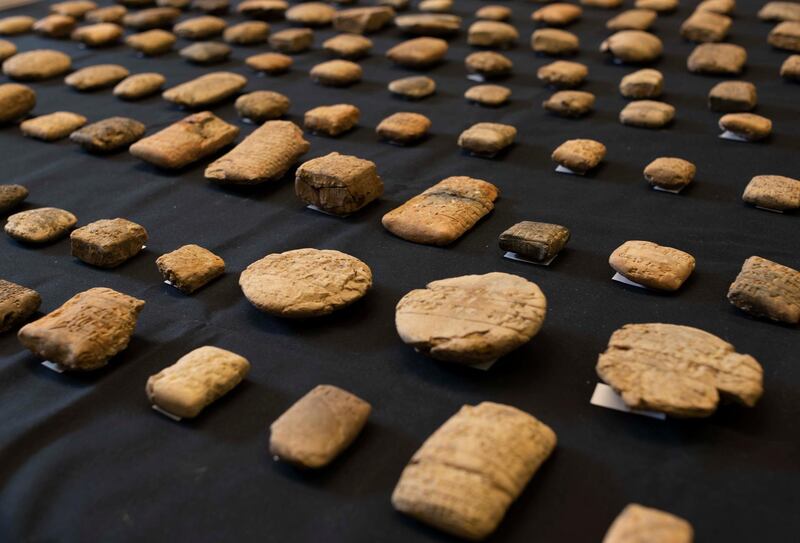The British Museum handed over 156 ancient inscribed tablets to Iraq’s government on Thursday - the largest UK handover of looted Iraqi artefacts.
A number are more than 4,000 years old, coming from the early Sumerian era, and are mainly economic documents but also letters, legal and school and mathematical texts.
Some carry cylinder seal impressions and some are still enclosed in their clay envelopes.
Today we were able to return a seized consignment of 156 cuneiform tablets to Iraq. They come from some of the most badly looted sites : Umma, Larsa and Irisagrig. There must be similar consignments elsewhere in the world. pic.twitter.com/nQ7SqYPsd6
— Jonathan Taylor 🐮 (@JonTaylor_BM) August 29, 2019
Many are believed to have come from the ancient city of Irisagrig, situated on the Tigris River in southern Iraq.
“This city was unknown until tablets referring to it surfaced on the art market in 2003 when the site – like many others in southern Iraq – must have been heavily looted in the immediate aftermath of the American-led invasion of Iraq and the overthrow of the Saddam-led government,” the British Museum said.
The Mesopotamian texts were written on clay and stopped on entry into the UK in February 2011 because of an incorrect declaration. Subsequently they were seized by government fraud investigators in June 2013 at a freight forwarder near Heathrow Airport.
‘The British Museum is absolutely committed to the fight against illicit trade and damage to cultural heritage. This is an issue which concerns us all,” said Hartwig Fischer, director of the museum.
“The protection of Iraqi heritage is the responsibility of the international society which we hope to continue for future generations,” said Iraq’s ambassador to the UK, Dr Saleh Altamimi.
Earlier this year UK authorities handed back a Babylonian cuneiform stone worth hundreds of thousands of pounds back to Iraq after its seizure in 2012.







